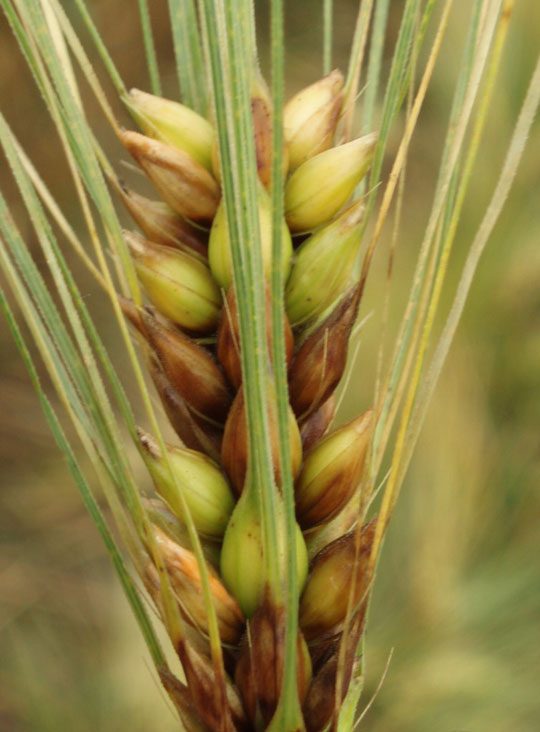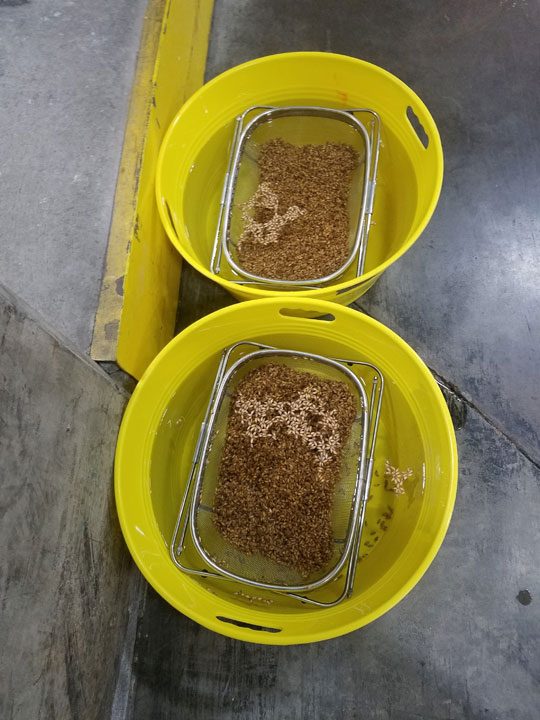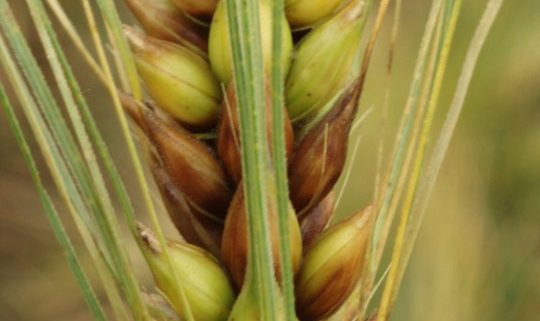Make the road by walking…
There is no playbook, there is no map, and there is no net. We have been growing this business steadily since 2011 while navigating tumultuous seas of shifting market demands, agricultural infrastructure development, and crop failures. 2018 brought us face-to-face with the challenges of scaling each of these simultaneously and we did what we always do, make the road by walking.
The 2018 harvest was the most painful we have experienced to date. Painful? How so?
Mother nature socked it to us. The rain started in early May did not let up until mid-summer. For every inch of rain that falls in that period fungal growth increases and quality suffers. In most years, a central theme or problem area arises with the crop and we are able to adjust our process and move forward. 2018 brought us three distinct problem areas!
DON (deoxynivalenol)
This is a by-product of Fusarium Head Blight, a common disease that occurs in a wide range of small grains. Once infected the head of the grain shrivels and a mycotoxin can be produced. This mycotoxin can have negative impacts to human health and shelf stability in beer. We have a maximum limit of 1 part per million (ppm) for the barley we purchase. Maintaining this standard for the 2018 crop required us to decline a tremendous amount of locally-grown barley.

Water Sensitivity
This one is a bit tougher to pin down. Water sensitive barley responses very differently to traditional steeping regimes than a normal crop. This can lead to an over-steeped or “swamped” batch where germination is erratic and uneven. The end result is poor extract and the potential for off-flavors is increased.
How did we tackle this? Testing, testing, and more testing! Water sensitivity is also a moving target where levels can increase or decrease with time, so our lab was busy for several months. We ran dozens of small-scale batches with different barley varieties and states of origin to determine an optimal steep schedule and grain mixture. The end result was a highly “personalized” steep schedule for every batch of malt we produce.

Test Weight
Test weight has traditionally been used a general marker for overall quality of a small grain. A bushel of barley weighs 48 pounds. Excellent quality barley may exceed this, while lower quality grain will fall below that threshold. Wet conditions around harvest time can reduce the amount grain fill that takes place. The end result is lower test weight. For the 2018 harvest, we worked with our seed cleaning partners to adjust their aeration rates and screen selection to isolate the plumpest kernels. This resulted in a bit more loss, but maintained overall quality.
2019 Outlook
With more rain falling, we’ll be keeping an eye on our barley stands across the region. Our growers were able to plant everything we’ll need, but too much rain can stunt growth during the crucial early growth stage.

